The Problem with Relying on EHR Add-Ons
Most EHR systems offer a patchwork of “productivity” or “automation” add-ons—task managers, note templates, or workflow trackers.
While these features sound helpful, they rarely solve the real operational challenges in women’s health practices.
EHR add-ons are limited because they:
- Depend on manual data entry
- Offer generic workflows not tailored to OB/GYN or reproductive care
- Require constant clicking and navigation between modules
- Don’t communicate well with third-party systems (labs, payers, pharmacies)
The result? More digital tools—but not necessarily more efficiency.
How Honey Health’s AI Is Different
Honey Health was built outside the EHR, but designed to work seamlessly within it.
Its AI doesn’t just capture data—it interprets, routes, and completes tasks automatically.
Here’s what sets it apart:
- Intelligent Workflow Automation: Automates prior auths, referrals, fax routing, and refill requests in real time.
- Context-Aware Note Generation: Creates accurate visit notes that reflect OB/GYN terminology and structure.
- Universal EHR Compatibility: Integrates directly with systems like Athenahealth, eClinicalWorks, and Epic.
- Continuous Learning: Adapts to your practice’s patterns to improve performance over time.
Result: A unified, intelligent back office that eliminates repetitive work rather than just organizing it.
1. Breadth of Functionality
Honey Health:
- ✅ Handles end-to-end admin automation (referrals, prior auths, documentation, refills, billing support).
- ✅ Learns and adapts to specialty workflows.
- ✅ Provides analytics to measure efficiency gains.
EHR Add-Ons:
- ⚠️ Typically solve one problem at a time (templates, scheduling, or billing).
- ⚠️ Require staff to manually move data between modules.
- ⚠️ Offer limited insight into ROI or productivity impact.
Verdict: Honey Health simplifies everything into one automated system.
2. Specialty Awareness
Honey Health:
- Trained on OB/GYN and women’s health workflows (prenatal care, fertility, hormone therapy, procedures).
- Understands terminology and context unique to women’s health.
EHR Add-Ons:
- Built for general medical use; rarely account for specialty-specific nuances.
- Require manual customization to fit OB/GYN operations.
Verdict: Honey Health delivers accuracy and relevance right out of the box.
3. Automation Depth
Honey Health:
- Uses AI to take action—auto-routing documents, completing forms, and generating notes.
- Reduces manual intervention across multiple steps.
EHR Add-Ons:
- Organize data but rely on staff to perform each task.
- Offer speed, not intelligence.
Verdict: Honey Health works while your staff works—creating true workflow automation.
4. Integration and Compatibility
Honey Health:
- Connects seamlessly to existing EHRs and systems.
- Requires no system overhaul or double documentation.
EHR Add-Ons:
- Often proprietary; difficult to connect with external systems.
- Force clinics to stay within rigid software ecosystems.
Verdict: Honey Health enhances your EHR—rather than locking you into it.
5. Measurable ROI
Honey Health:
- Tracks productivity, turnaround time, and automation rates.
- Provides transparency in cost savings and operational impact.
EHR Add-Ons:
- Offer minimal reporting beyond usage logs.
- Make it hard to measure true financial return.
Verdict: Honey Health provides data you can act on.
The Bottom Line
EHR add-ons help clinics organize information.
Honey Health helps them transform it.
For women’s health leaders seeking real operational improvement—not just incremental gains—Honey Health’s purpose-built AI delivers:
- Broader automation coverage
- Deep specialty knowledge
- Seamless EHR compatibility
- Measurable time and cost savings
The difference is simple:
EHR tools document what’s happening.
Honey Health makes things happen.

